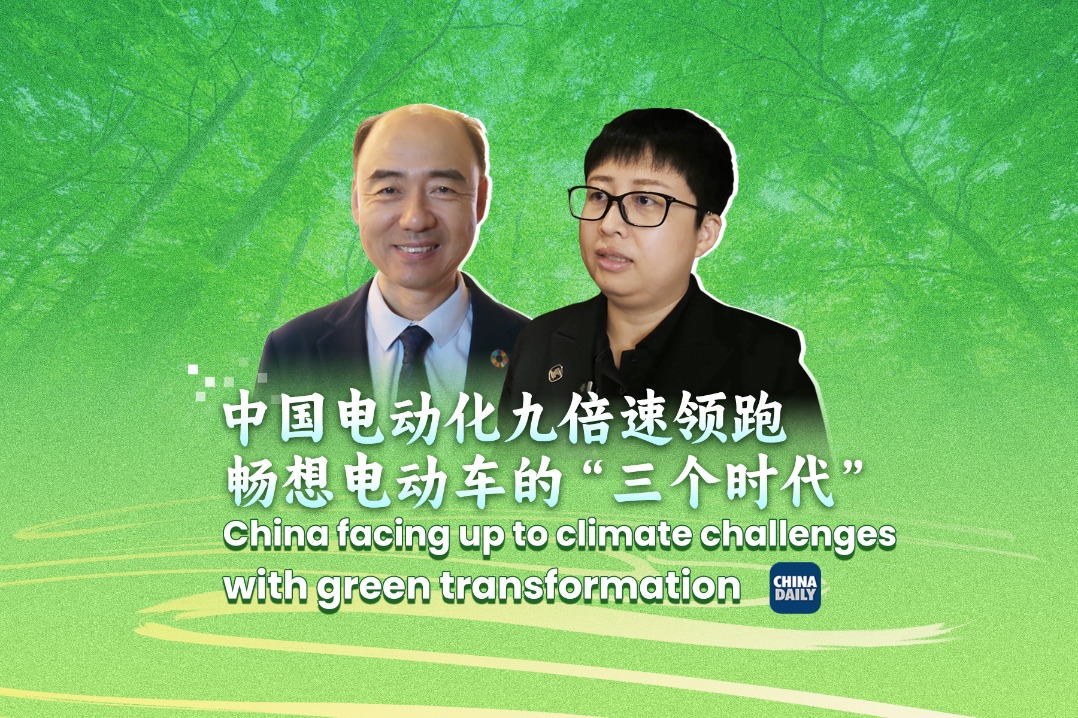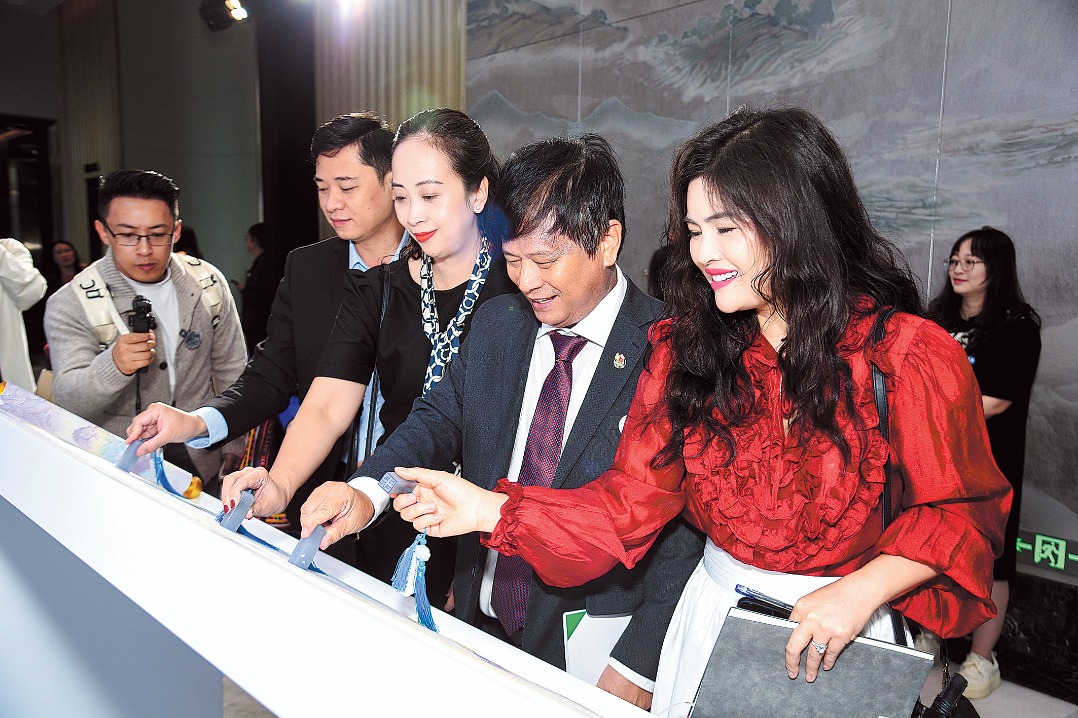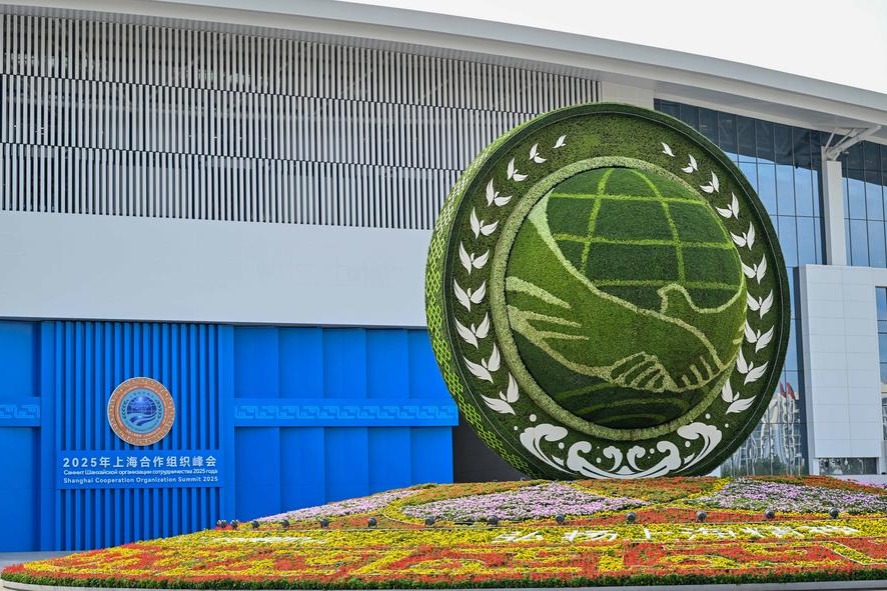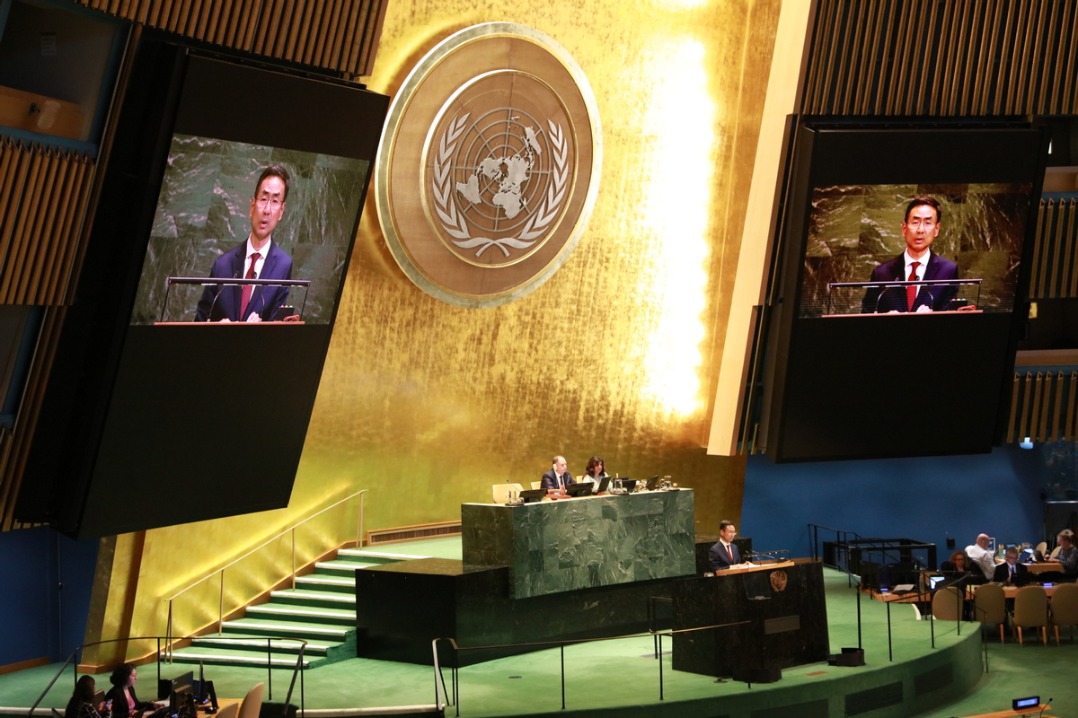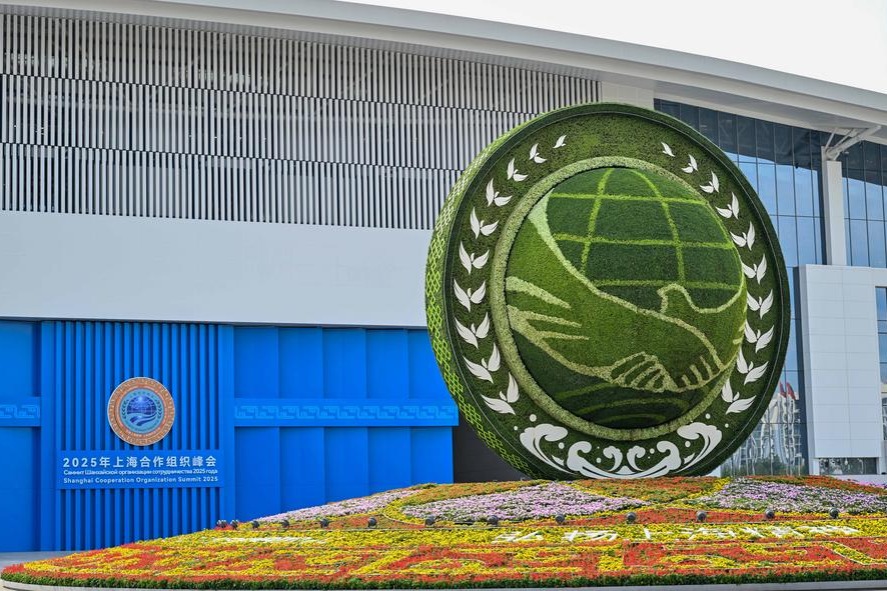Making sense of EU's supply chain strategy


Brussels' move to strengthen its supply chain with China shows it is reducing its excessive dependence on its transatlantic partner
In recent years, the global economy has faced numerous tumultuous challenges and supply chain security has become central to international economic relations. As one of the European Union's most significant trading partners, China — through its supply chain network — plays an indispensable role in the stability and recovery of the global economy. Particularly amid the impacts of the COVID-19 pandemic and persistent geopolitical conflicts, the robustness of China-EU supply chain cooperation has become even more critical.
On July 24, European Commission President Ursula von der Leyen announced a significant breakthrough following the China-Europe Summit — an agreement to upgrade the mechanism governing rare earth exports. This underscores the EU's strong emphasis on deepening China-EU supply chain cooperation and safeguarding the security of critical raw material supplies. Over 90 percent of the EU's demand for rare earth elements — an indispensable strategic resource for Europe's industrial growth — is supplied by China. Enhancing its exports mechanism will lay a solid foundation for the stable development of the EU's industrial sector.
However, a day after reaching the agreement with China — on July 29 — the EU signed a so-called trade deal with the United States valued at up to $750 billion. This comprehensive agreement includes provisions for zero tariffs and enhanced energy import cooperation. Critics see this as a form of appeasement toward the Donald Trump administration's protectionist trade policies, while simultaneously serving as a strategic hedge against China. Whether this interpretation holds true warrants a thorough and nuanced analysis.
First, it is essential to recognize that China-EU trade relations have maintained a steady growth trajectory in recent years. According to the latest data from Eurostat, bilateral trade between China and the EU reached a record high of 856 billion euros ($996.78 billion) in 2022. This figure underscores the significant complementary advantages of their economies and the considerable potential for cooperation. Notably, the EU holds a competitive edge in advanced technologies, precision manufacturing and high-end industries. China, in turn, boasts one of the most comprehensive industry chains globally, coupled with highly efficient manufacturing capabilities. The high degree of industrial structural complementarity between the two sides lays a solid foundation for deeper and more fruitful cooperation.
Over the past years, Hungary has increasingly become an essential hub of the Chinese-European logistics chains because of its geographic convenience, mature level of logistics facilities and business-friendly environment. An example is the East-West Gate logistics center in Budapest, which has been recording tremendous growth since it was put into operation. According to Hungarian Rail Cargo Group, the amount of China-Europe rail freight that transships via this center has experienced explosive growth in recent years.
Moreover, Hungary is gradually emerging as a key participant in China-Europe cooperation in the digital facet of the supply chain. For example, Chinese businesses such as Huawei and Alibaba are eager to encourage the emergence of digital logistics management systems in Hungary. These projects not only contribute significantly to the efficiency of transport but also lower the total costs of supply chain operations. Using the logistics center of Huawei as a case, the logistics and supply chain departments of these companies have developed a well-matched information technology system in Hungary that can be used to track logistics in real-time, manage intelligent warehouses, and dynamically assign and dispatch. Examples of successful cases demonstrate the enormous potential and encouraging opportunities of digitalization across the China-Europe supply chains.
At a more strategic level, the EU's decision to work more closely with China on supply chains must be seen as a rational move with an objective to diversify the supply base and reinforce supply chain resilience. Over the past few years, the world economy has experienced a set of shocks, such as Brexit, the COVID-19 pandemic and the Ukraine crisis, which have increased supply chain risks enormously.
China-Europe supply chain cooperation is full of possibilities and opportunities. To fully tap this potential, the two parties need to speed up developments in a number of crucial spheres.
To begin with, enhancing innovation in supply chain finance is especially important. China-Europe rail freight could promote new financial instruments at nodal points in Europe, such as Hungary. This would encourage a speedy flow of capital to enterprises, hence improving the liquidity and stability of the supply chains.
Second, resilience in China-Europe supply chains should constantly be developed. This includes the further optimization of aspects of logistics infrastructure such as rail and highway systems, the creation of multimodal transport systems and further digital transformation of logistics management. Such actions have the potential to enhance the ability of a supply chain to withstand external shocks. In the 2023 Strategic Foresight Report, the EU directly states that regional logistics hubs enhancement, multimodal transportation and the use of digital management platforms are the tools to achieve strategic priorities in the development of future supply chains.
Last, and most vital, China and Europe should increase policy coordination and strategic mutual trust. As global economies and politics grow increasingly uncertain, policy communication and regulatory standardization are critical to cooperation in supply chains. Higher-level policy dialogues, institutionalized cooperation frameworks and efforts to eliminate institutional barriers — such as harmonizing standards, customs procedures and product certifications — are essential to improve operational efficiency.
Overall, critics' assertion that the EU is merely pursuing appeasement of the Trump administration while hedging against China reflects a shortsighted and superficial view of Europe's strategic initiatives. The EU's actions demonstrate a multi-dimensional supply chain strategy, rather than simple alignment with or opposition to any single country.
China and Europe should capitalize on their current strong foundation, seizing the unique opportunity presented by the ongoing global supply chain restructuring. By continuously deepening cooperation in areas such as green digital supply chains, critical raw materials and logistics finance, both sides can foster a more resilient and innovative partnership. Hungary exemplifies how such collaboration can pave the way for a more stable, innovative and mutually beneficial era in Sino-European supply chain cooperation. This approach not only aligns with the economic interests of both regions but also promises to inject substantial momentum into global economic recovery and long-term development. Embracing these opportunities, China and Europe can forge a future marked by enhanced stability, shared prosperity and innovative resilience.
Looking ahead, it is important to underline that China and the EU have no fundamental conflicts of interest. Over the past 50 years, their mutually beneficial partnership has provided valuable opportunities for development and demonstrated the advantages of complementarity. In the future, both sides can work together to build resilient supply chains that help offset the impact of the US' tariff policies, while expanding cooperation in areas such as green energy, digital technologies and the upgrading of value chains. Such efforts will not only support the EU in achieving genuine strategic autonomy, but also contribute to safeguarding supply chain stability across the Eurasian continent and beyond, ultimately advancing the goal of win-win cooperation between China and Europe.
The author is a researcher at the Center for International Economy at Mathias Corvinus Collegium, Budapest. The author contributed this article to China Watch, a think tank powered by China Daily. The views do not necessarily reflect those of China Daily.
Contact the editor at editor@chinawatch.cn.
















